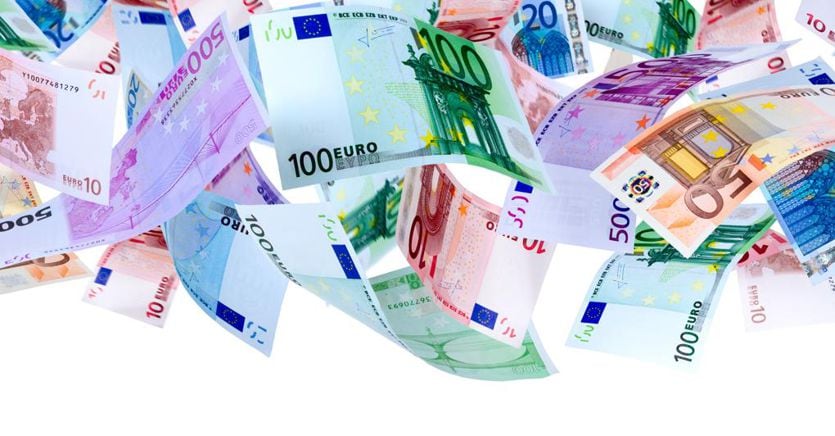With some exceptions, the usual exercise of venturing into horoscopes and forecasts of an economic nature towards the end of the year has maintained a less apodictic tone in recent days than in the past: three years of unexpected upheavals have encouraged a certain modesty.
We have come out of this three-year period with a double ballast, ie energy and credit costs that are much higher on average than in the previous fifteen years, the one that followed the collapse of Lehman Brothers, to be clear.
While there is no doubt that in the whole of Europe, not just in some countries, huge investments will have to be made in the next few years in order to at least try to respond to the economic and geopolitical challenges coming from North America and Asia. Next Generation Europe will not work without business investment in the digital and green transition, and for a multiple of the tax expenditure of the Commission and the States. The reconfiguration of international production chains, from information technology to pharmaceuticals to the automobile, which the pandemic and war have accelerated, can cut out sectors and regions of the Old Continent without adequate industrial policies and, again, without private investment.
The stakes for EU exports
The European trade balance, which has been in surplus for a long time, is inevitably affected by the change in the terms of trade with the increase in the prices of raw materials and therefore needs more competitiveness of EU exports to maintain its trajectory which is consistent with that of a area in demographic recession.
Against this, reducing the theme of the consequences of the monetary restriction of the European Central Bank to a collection of opinions, albeit illustrious, whether Italy is the country most exposed to the risks of the increase in interest rates, fails to grasp the dimension of the mail
at stake.
